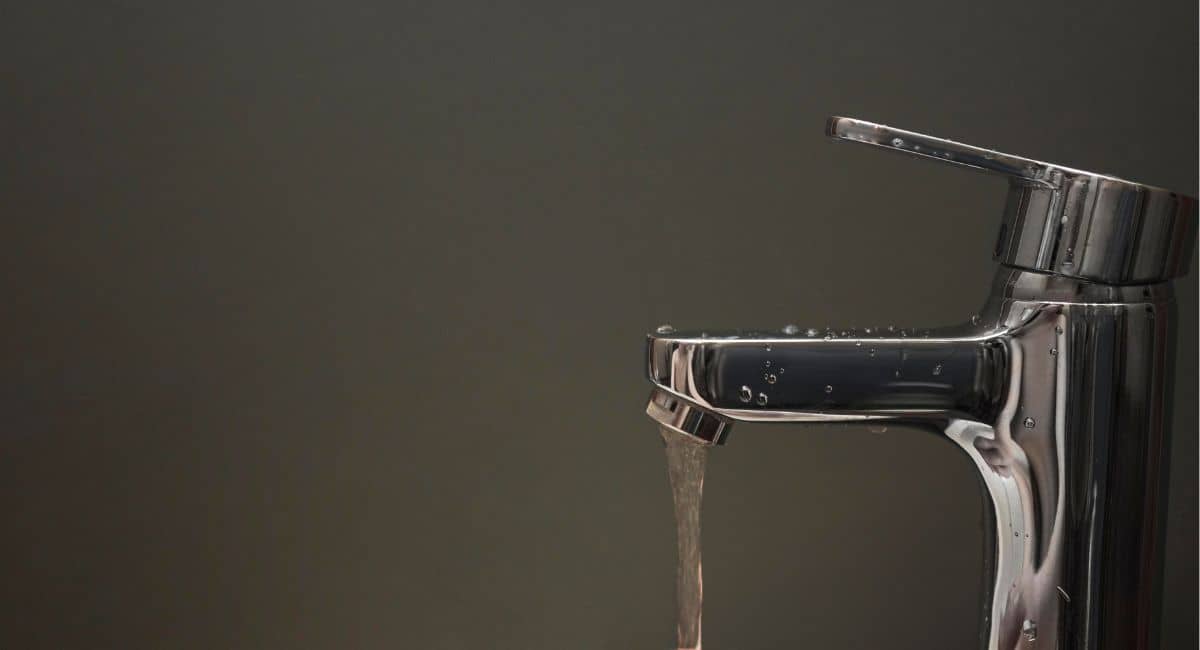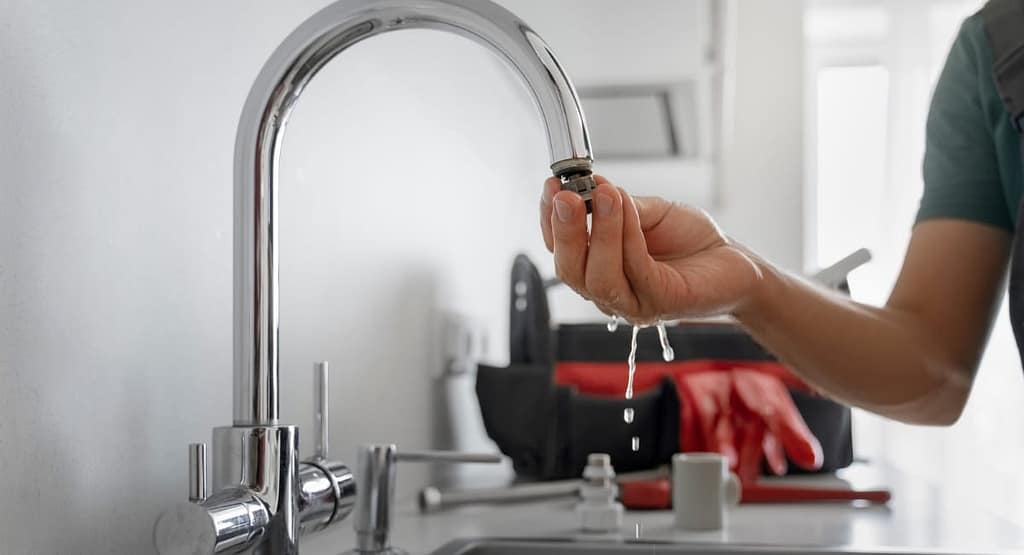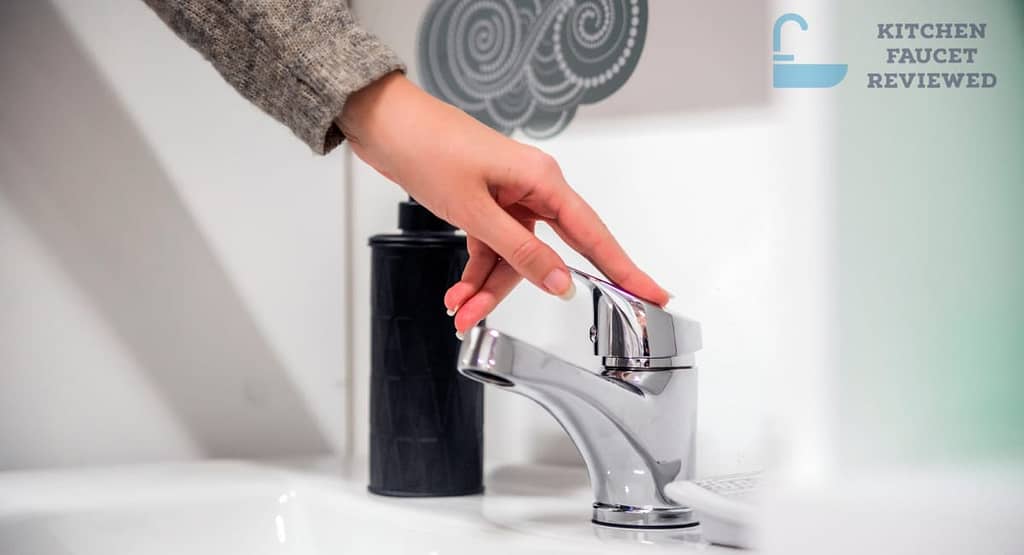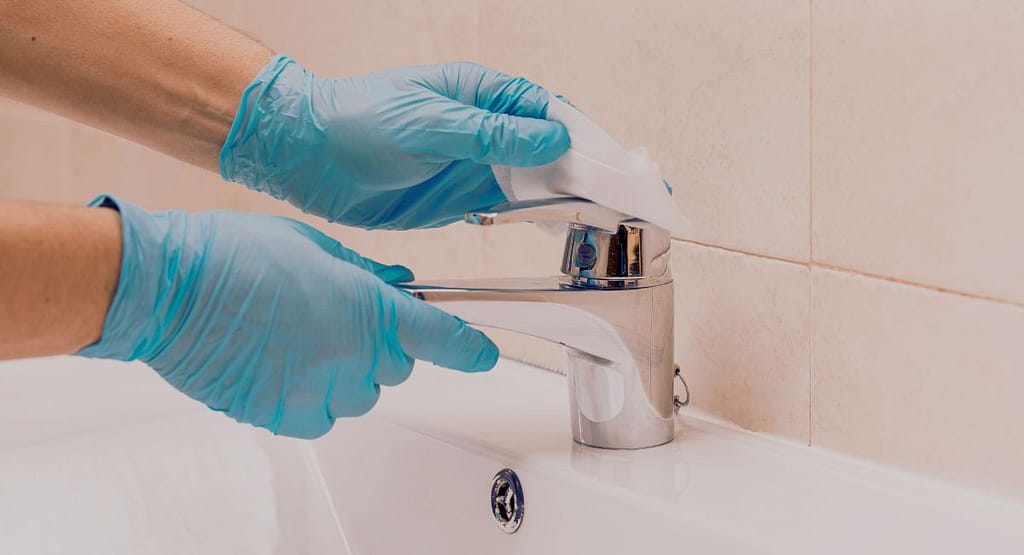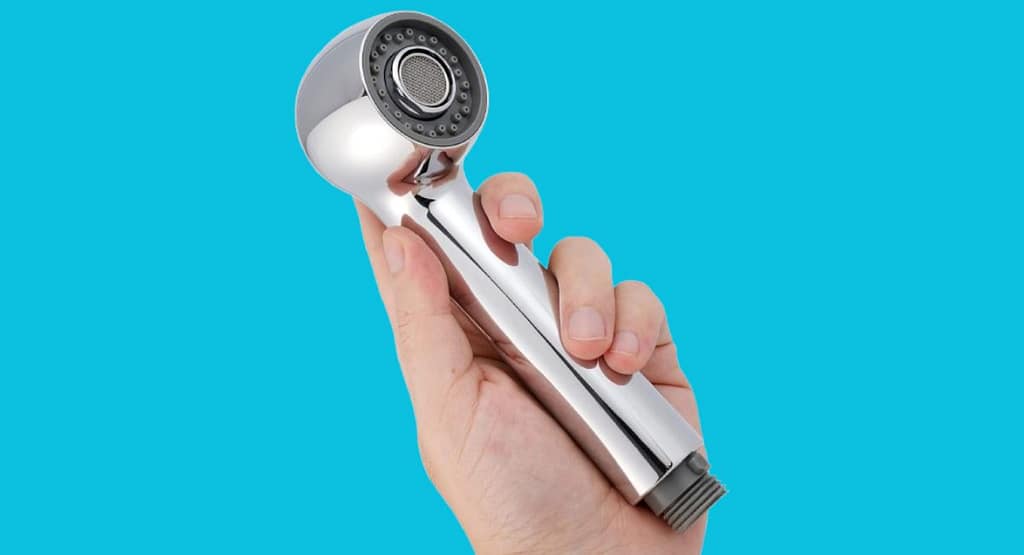Low water pressure in your kitchen faucet can be a frustrating and inconvenient problem. It can make tasks like washing dishes, filling pots, and even getting a glass of water feel like a time-consuming chore. Fortunately, there are several common causes for low water pressure in kitchen faucets, and in this guide, we will explore how to diagnose and fix them effectively.
How to Get Rid of Low Water Pressure in Kitchen Faucet in 2025?
Understanding the Causes of Low Water Pressure
Understanding the causes of low water pressure in your kitchen faucet is essential for effectively addressing the issue and restoring proper water flow. Here, we’ll delve deeper into these potential causes to provide you with a more comprehensive understanding:
Clogged Aerator
This seemingly small component, the aerator, plays a crucial role in maintaining water pressure and ensuring a consistent flow. It consists of a fine mesh screen that is designed to mix air with the water, reducing splashing and conserving water.
Over time, mineral deposits, sediment, and debris from your water supply can accumulate on the aerator’s screen. These deposits reduce the effective area through which water can flow, causing a decrease in water pressure. In some cases, the aerator may also become partially or completely clogged, severely impacting water flow.
Solution: Cleaning or replacing the aerator is a simple and effective solution. You can soak it in vinegar to dissolve mineral deposits or scrub it with a brush to remove debris. If the aerator is severely clogged or damaged, replacing it with a new one is often the best course of action.
Blockages in Pipes
Within your plumbing system, various pipes transport water from the main supply to your kitchen faucet. Over time, these pipes can accumulate sediment, rust, or other debris. These obstructions can constrict the flow of water, leading to decreased water pressure in your faucet.
Solution: Addressing blockages in your plumbing pipes can be more challenging than dealing with a clogged aerator. You may need to consult a professional plumber to assess the extent of the blockage and determine the best solution. In some cases, replacing sections of pipe may be necessary to restore proper water flow.
Valve Issues
Shut-off valves are crucial for controlling the flow of water to your kitchen faucet. If these valves are faulty or partially closed, they can restrict water flow, resulting in low water pressure. Valves can be located under the sink or within the faucet itself.
Solution: Check the shut-off valves to ensure they are fully open and functioning correctly. If they are old or damaged, replacing them is a relatively straightforward task that can improve water pressure. If the issue lies within the faucet’s internal valve, it may require professional repair or replacement.
Pressure Regulator Problems
The pressure regulator, typically located near your main water supply line, is responsible for maintaining consistent water pressure throughout your home. If it malfunctions or is set at an incorrect pressure level, it can lead to low water pressure issues.
Solution: Adjusting or replacing the pressure regulator may be necessary if it’s causing low water pressure. This task is typically best handled by a professional plumber, as it involves making adjustments to your home’s overall water pressure.
Leaks
Undetected leaks in the water supply line leading to your kitchen faucet can result in a reduction in water pressure. Leaks divert water away from your faucet, causing less water to reach it.
Solution: Locating and fixing any leaks in the water supply line is essential for restoring water pressure. A thorough inspection of the line, including any connections or joints, is needed to identify and repair leaks.
Conclusion
Low water pressure in your kitchen faucet can be a vexing issue, but with a systematic approach to diagnosis and repair, you can restore your faucet’s water flow to its full potential. Whether it’s a clogged aerator, blocked pipes, faulty valves, a malfunctioning pressure regulator, or hidden leaks, identifying and addressing the root cause will help you enjoy a more efficient and convenient kitchen experience. Remember that if you’re unsure about any of these steps, it’s always a good idea to consult a professional plumber to ensure a proper fix.
FAQs
Q1: Why is my kitchen faucet experiencing low water pressure?
A: Several factors can contribute to low water pressure in a kitchen faucet. Common causes include mineral deposits or sediment buildup in the faucet aerator, a clogged or faulty water supply line, a malfunctioning pressure regulator, or a problem with the municipal water supply.
Q2: How can I determine if the low water pressure is specific to my kitchen faucet?
A: To determine if the low water pressure issue is isolated to your kitchen faucet, you can check the water pressure in other faucets or fixtures in your home. If the issue only affects the kitchen faucet, it is likely localized to that area.
Q3: What should I do if my kitchen faucet has low water pressure?
A: There are several steps you can take to address low water pressure in your kitchen faucet. Start by cleaning the faucet aerator, as mineral deposits or sediment buildup can restrict water flow. If that doesn’t resolve the issue, check the water supply lines for any clogs or leaks. It’s also a good idea to verify that the main water shut-off valve is fully open. If none of these steps work, you may need to consult a plumber for further assistance.
Q4: What should I do if cleaning the aerator doesn’t solve the low water pressure issue?
A: If cleaning the aerator doesn’t improve the water pressure, there may be a clog or blockage in the water supply lines. In this case, you can try disconnecting the water supply lines from the faucet and flushing them out to remove any debris. If the problem persists, it’s recommended to contact a professional plumber for further diagnosis and assistance.
Q5: Could a faulty pressure regulator cause low water pressure in the kitchen faucet?
A: Yes, a malfunctioning pressure regulator can contribute to low water pressure in the kitchen faucet. The pressure regulator is responsible for maintaining consistent water pressure throughout your home. If it becomes faulty or fails, it can result in decreased water pressure. If you suspect an issue with the pressure regulator, it’s advisable to consult a plumber to inspect and potentially replace it.
Q6: What should I do if the low water pressure is caused by a problem with the municipal water supply?
A: If you suspect that the low water pressure issue is due to a problem with the municipal water supply, you can contact your local water utility provider to inquire about any known issues or maintenance activities. They can provide information on the status of the water supply in your area and advise you on any necessary steps to restore normal water pressure.
Q7: Can using a water filter affect the water pressure in my kitchen faucet?
A: Yes, using a water filter can potentially impact water pressure. If the filter is clogged or needs replacement, it can restrict water flow and result in lower water pressure. Check the condition of your water filter and replace it if necessary to see if it improves the water pressure.
Q8: Is there a quick fix for low water pressure in my kitchen faucet?
A: While there is no guaranteed quick fix for low water pressure, cleaning the aerator is often a simple and effective solution. However, if the issue persists after cleaning the aerator, it’s recommended to further investigate the cause or seek professional assistance.
Q9: Could plumbing leaks be the cause of low water pressure in my kitchen faucet?
A: Yes, plumbing leaks can contribute to low water pressure. If there are leaks in the water supply lines leading to your kitchen faucet, it can result in reduced water flow and pressure. Inspect the supply lines for any visible leaks and repair them promptly to restore proper water pressure.
Q10: Can the age of my plumbing system affect water pressure in the kitchen faucet?
A: Yes, the age and condition of your plumbing system can impact water pressure. Over time, pipes may corrode, develop mineral deposits, or experience damage that can restrict water flow. If you have an older plumbing system and are experiencing persistent low water pressure, it may be worth considering an inspection or upgrade to improve water flow.
Q11: Are there any temporary solutions to improve the water pressure in my kitchen faucet?
A: If you need a temporary solution to improve water pressure, you can try adjusting the shut-off valves under the sink. Ensure they are fully open to allow maximum water flow. However, it’s important to address the underlying cause of low water pressure for a more permanent solution.
Q12: Should I contact a professional plumber for low water pressure in my kitchen faucet?
A: If you have tried basic troubleshooting steps, such as cleaning the aerator and checking for leaks, but the low water pressure issue persists, it’s advisable to consult a professional plumber. They have the expertise to diagnose and address complex plumbing problems that may be causing the low water pressure.
Q13: Can low water pressure in the kitchen faucet be a sign of a larger plumbing issue?
A: Yes, low water pressure in the kitchen faucet can sometimes indicate a larger plumbing issue within your home’s plumbing system. It could be a symptom of issues like pipe blockages, water line damage, or problems with the water pressure regulator. If the problem is persistent or affects multiple faucets, it’s recommended to have a professional plumber assess and address the issue.
Q14: Could the water pressure issue be specific to my kitchen faucet model?
A: In some cases, certain faucet models may be more prone to low water pressure issues due to their design or internal components. If you suspect this may be the case, you can contact the manufacturer or consult their customer support to inquire about any known issues or recommended troubleshooting steps for your specific faucet model.

